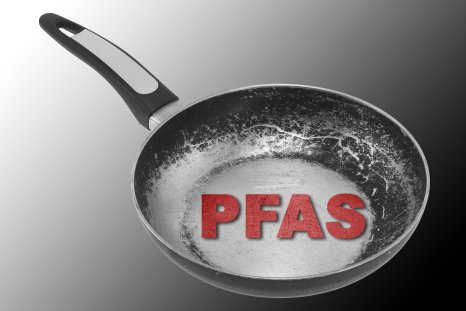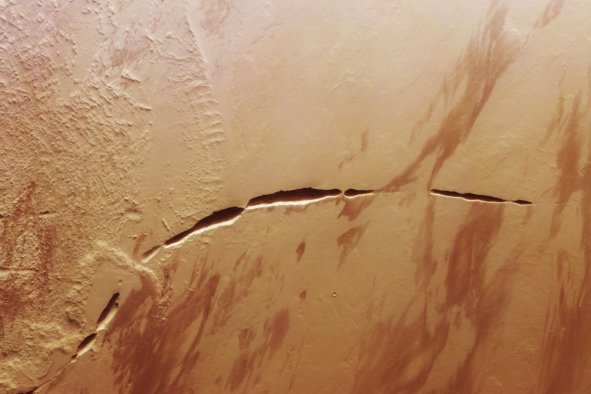Scientists have issued a warning after finding worryingly high levels of fiberglass inside oysters and mussels. This is the first time the tiny glass fragments have been identified in the marine food chain, raising concerns for both human and environmental safety.
Fiberglass is a reinforced plastic material embedded with extremely fine fibers of glass. The material is lightweight and durable and is frequently used in the manufacture of boats. However, scientists have shown that, over time, this material can break down in seawater and contaminate coastlines.
Bivalve species like oysters and mussels are particularly vulnerable to these particles due to their filter-feeding style of eating—to access nutrients, these animals take in water from their surroundings and pass it over their gills, which effectively filter out particles of food. However, if the water is contaminated, toxic particles can easily enter into their bodies too and accumulate in their tissues.
"Through their filter feeding they are ingesting huge number of particles they mistake for food," Corina Ciocan, principal lecturer in marine biology from the University of Brighton in the U.K., told Newsweek.
In a new study, published in the Journal of Hazardous Materials, researchers from the Universities of Portsmouth and Brighton in the U.K. analyzed oysters and mussels collected from in front of an active boatyard to determine whether their soft tissues had been infiltrated by glass fibers. The samples were collected from Chichester Harbor on the south coast of England.
The team found as many as 11,220 glass particles per kilogram in the oysters and 2,740 particles per kilogram in mussels. "Our findings show a disturbing level of glass reinforced plastic contamination in marine life," Ciocan said.
Glass particle accumulation was particularly pronounced during the winter months, which the researchers attribute to a peak in boat maintenance activities at that time of year. "Through repair work, the release of glass fibers in the environment is more likely," the researchers wrote.
Abandoned fishing boats may also contribute to the rise in fiberglass pollution.
While the study focused on bivalves, Ciocan said that they identified fiberglass particles in other organisms as well: "We identified fiberglass embedded in other organic material floating in the water, like seagrass and seaweed fragments, small snails etc," she said.
"These particles tend to behave like spears [and] due to the currents and waves they can impale organisms present in water column."
The study is the first of its kind to document such extensive contamination in natural populations of these filter-feeding shellfish populations.
"It's a stark reminder of the hidden dangers in our environment," Ciocan said.
The researchers emphasize that more work needs to be done to understand the extent of this contamination, and its potential consequences. However, they suggest it may affect the animals' ability to digest their food, and potentially increase inflammation and reduce reproductive capacity.
"The fiberglass particles can have a powerful impact because they act like splinters," Ciocan said. "They enter the soft flesh, the organism is not able to excrete them and they start a process of inflammation potentially leading to other pathologies and even death."
The findings not only raise concerns for the health of the animals and their surrounding ecosystems, but they may also have important implications for human health, specifically the health of humans consuming contaminated shellfish.
"Glass-reinforced plastic has been previously compared to asbestos," the researchers wrote. Asbestos can cause a range of lung disorders as well as increase our risk of certain cancers. Clearly, more work is needed to confirm whether these fiberglass particles also pose a threat to humans.
"We're just starting to understand the extent of fiberglass contamination," Fay Couceiro, one of the study's co-authors and a professor at the University of Portsmouth, said in a statement.
Ciocan added: "We have to address this issue head-on to protect our marine ecosystems and ensure a healthier future for our oceans.
"I hope that more researchers will start looking for fiberglass contamination in the coastal environment so that the industry and regulators can take it very seriously and start investing in recycling strategies and natural materials to replace glass-reinforced plastic."
Do you have a tip on a science story that Newsweek should be covering? Let us know via science@newsweek.com.
Disclaimer: The copyright of this article belongs to the original author. Reposting this article is solely for the purpose of information dissemination and does not constitute any investment advice. If there is any infringement, please contact us immediately. We will make corrections or deletions as necessary. Thank you.



